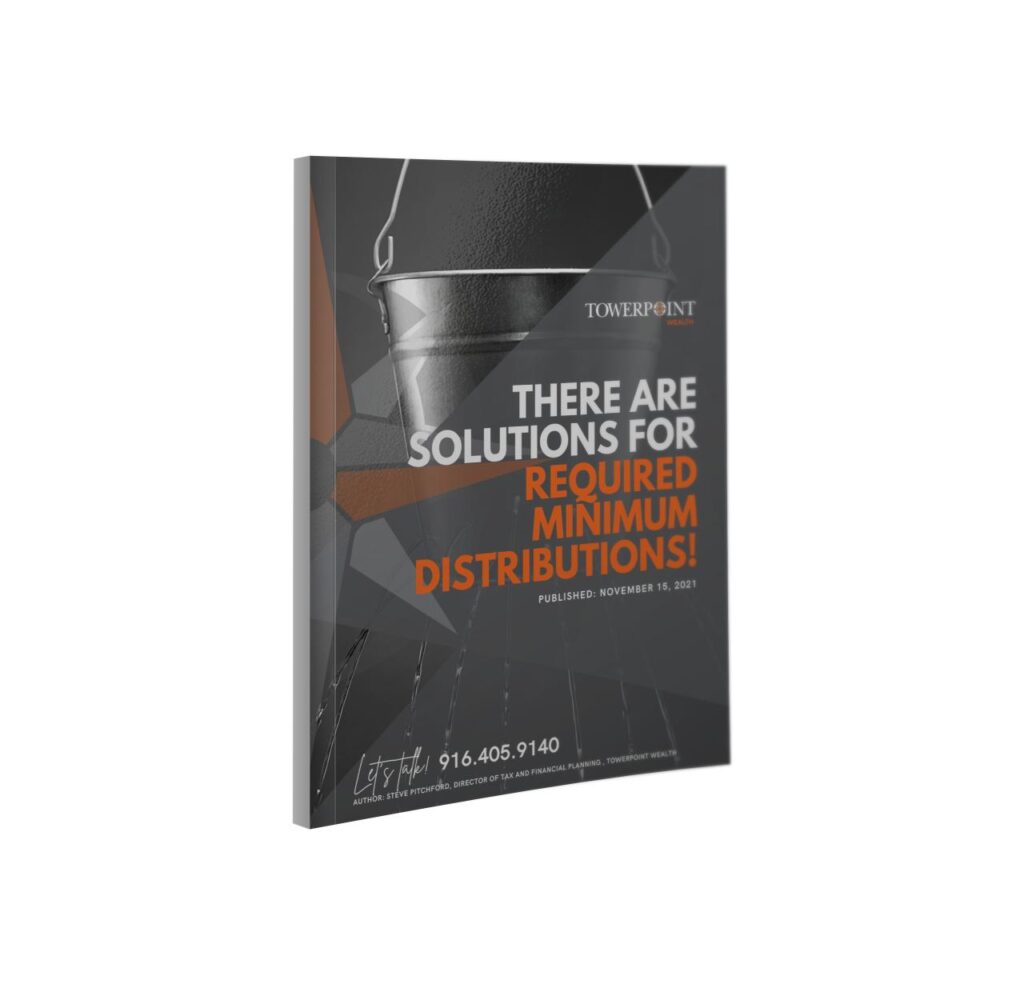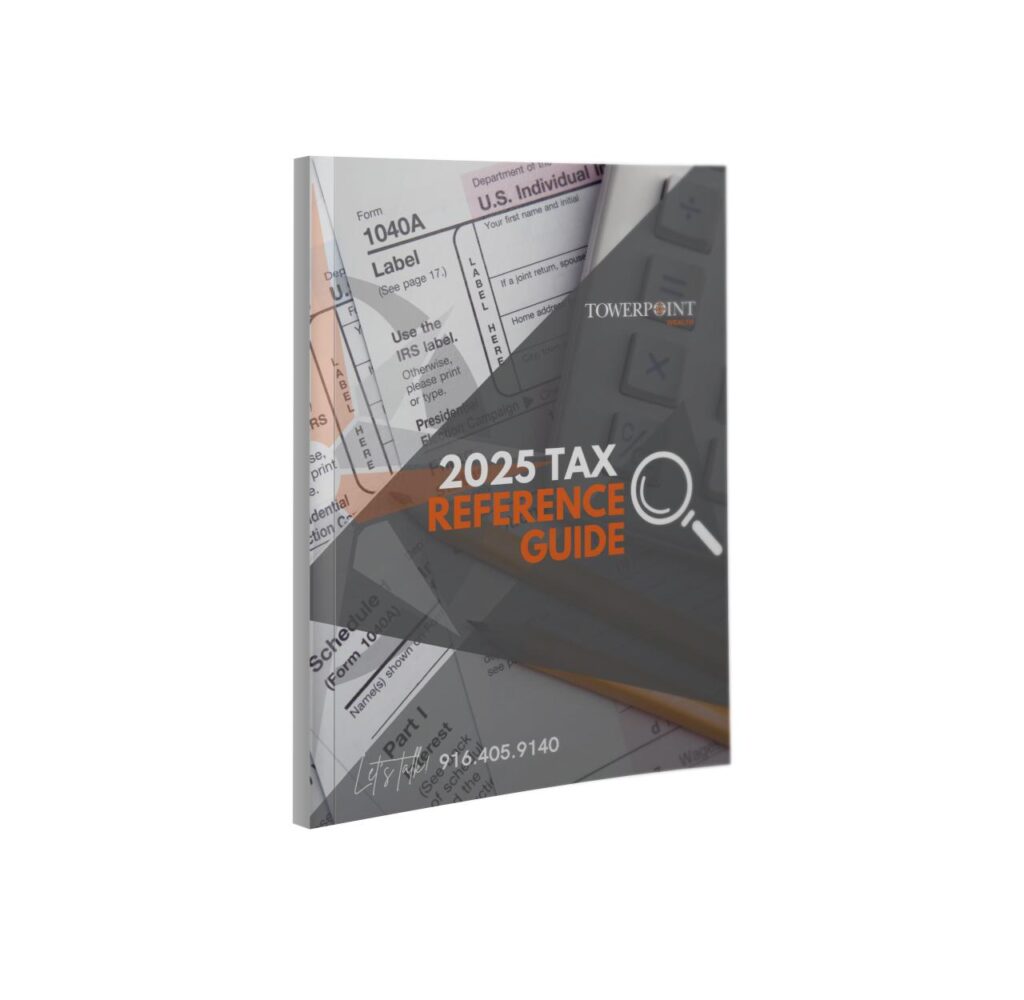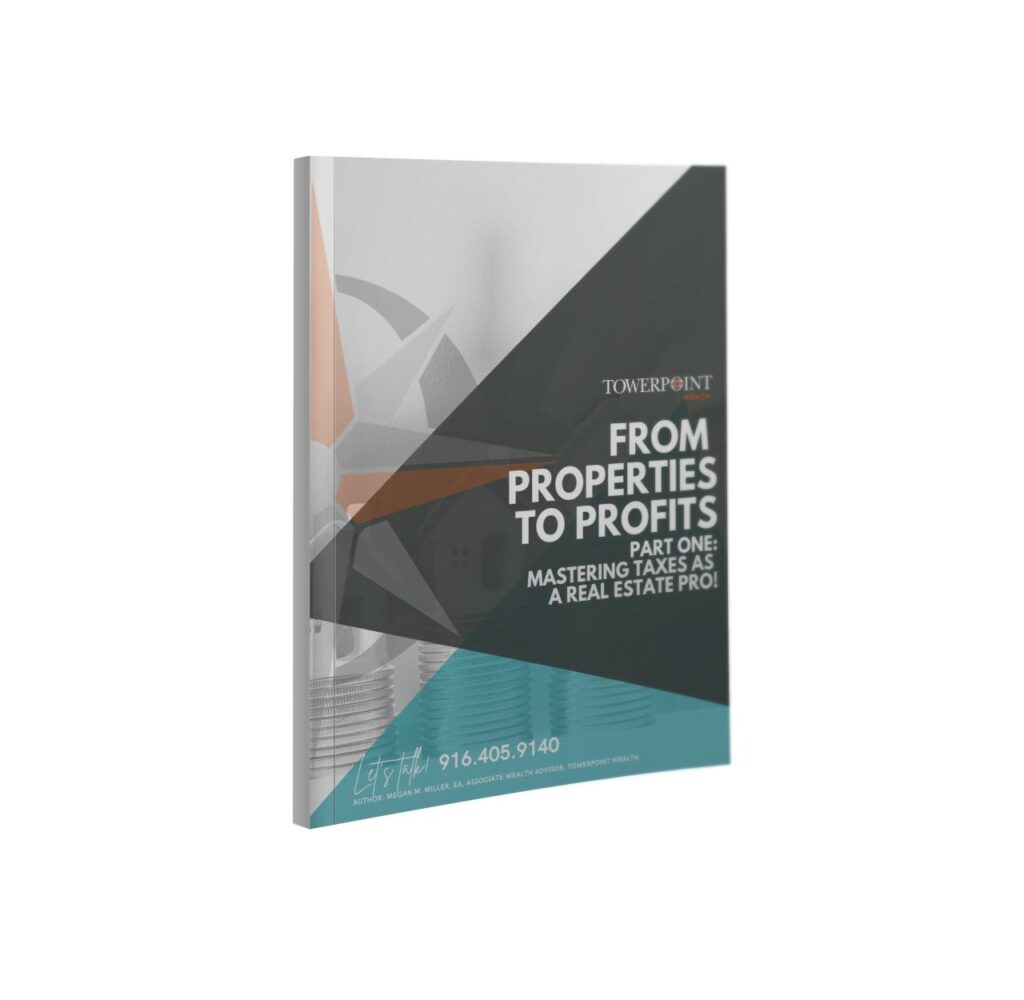
Real Estate Investing
Distinguish yourself as a real estate pro not just with skilled real estate investing but also by taking real estate tax deductions to keep more cash in hand.

Maximizing an Inheritance Estate Planning
When creating a comprehensive estate plan, having a clear understanding of, and properly planning for these taxes will help ensure your beneficiaries get the largest inheritance possible.
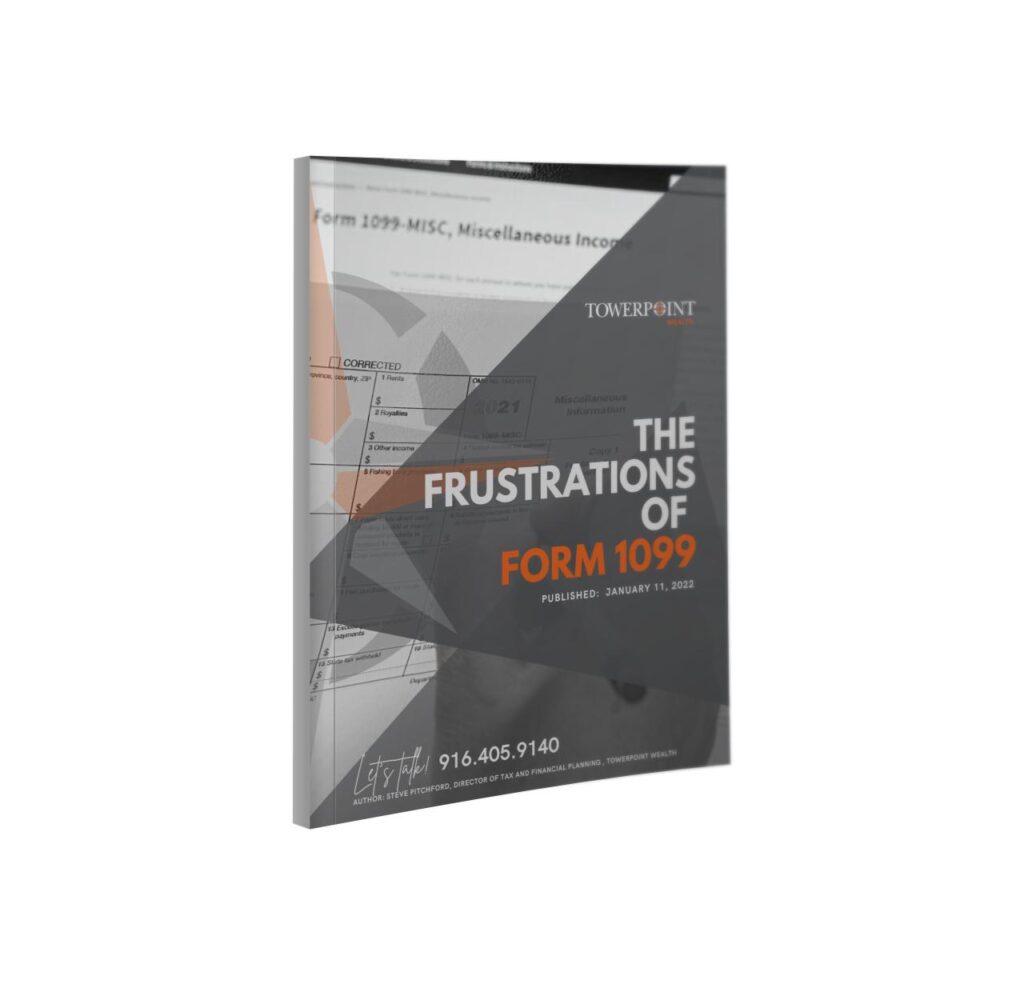
It’s Tax Time : The Frustrations of Form 1099
What exactly is a Form 1099, why can they be so frustrating to process, and how do you manage the problem of receiving an amended one? Read our financial white paper to learn more!
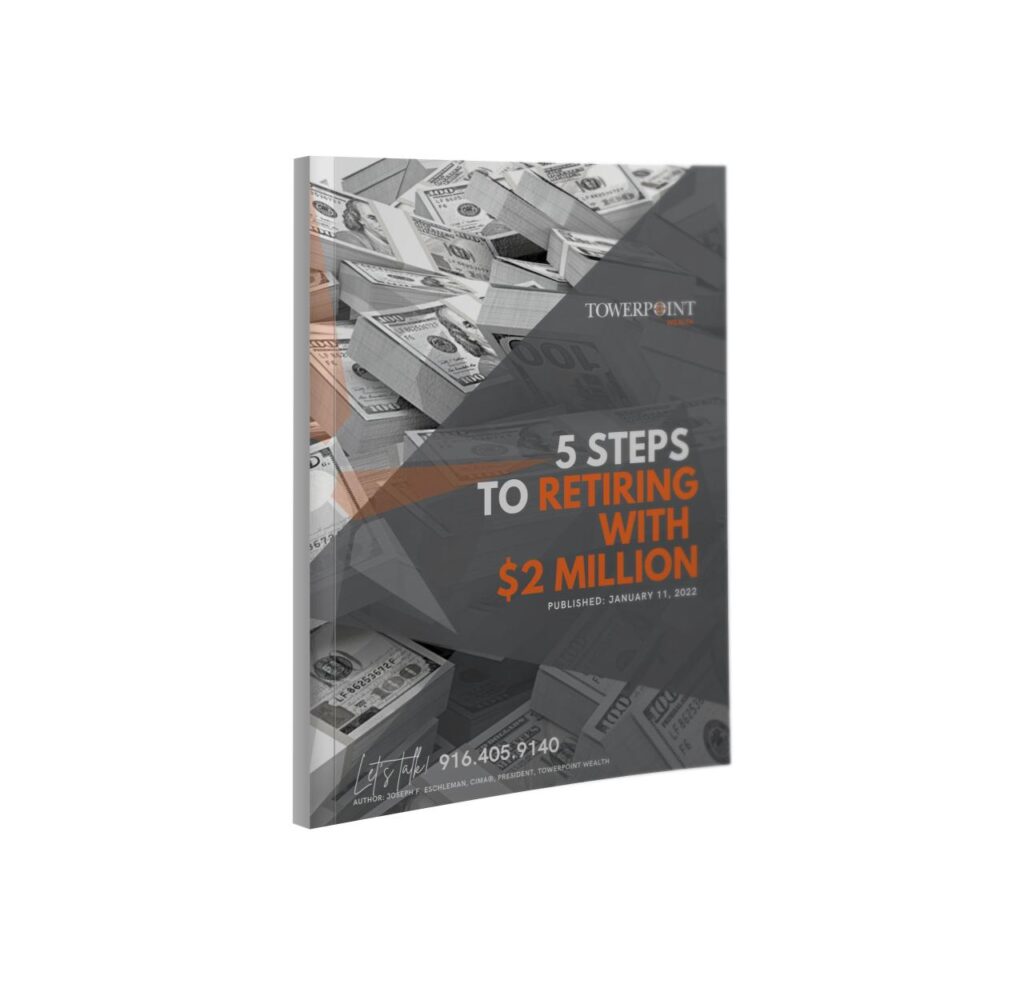
5 Steps to Retiring with $2 Million
We’ve put together 5 steps you can take to increase the size of your nest egg and considerations for a well-thought out, customized, retirement plan in this white paper.
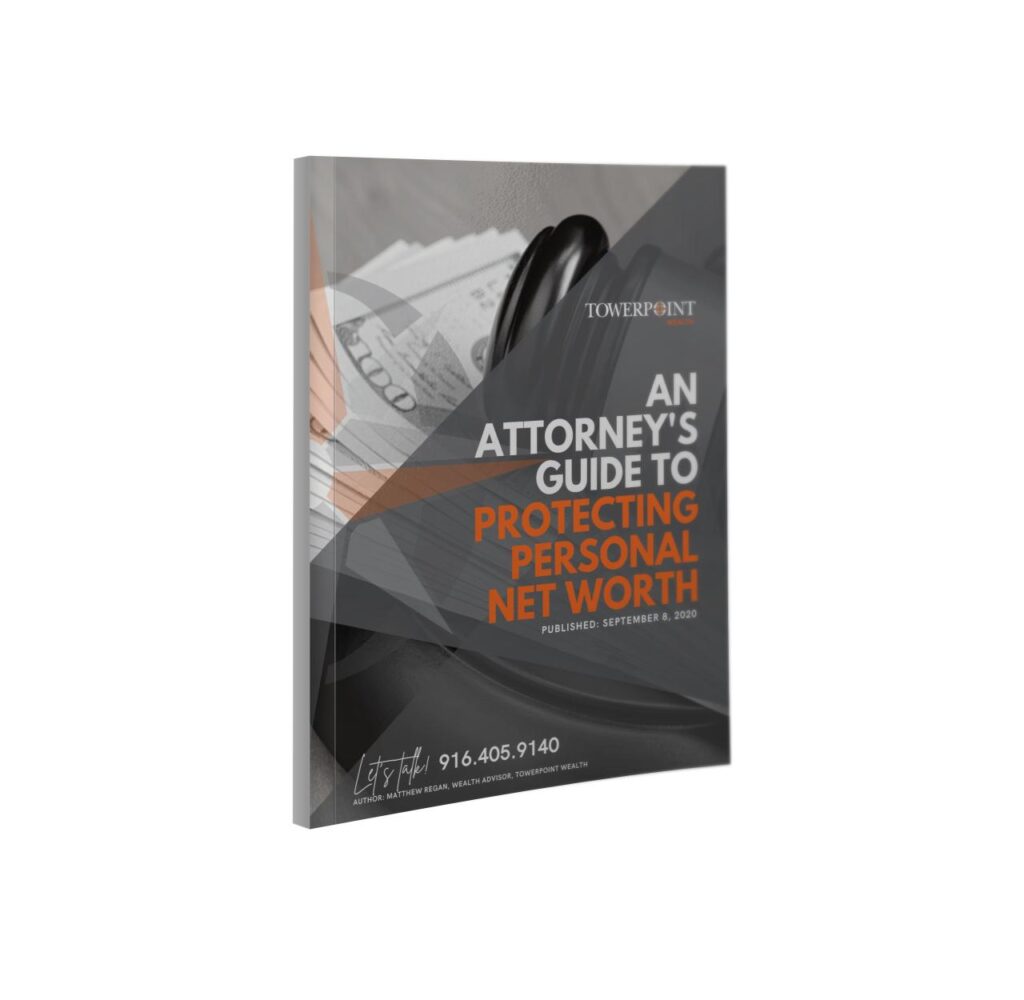
Building and Protecting Net Worth
As your net worth increases, so does the responsibility of managing it. “An Attorney’s Guide to Building and Protecting” white paper will guide you to how to build net worth.

24 Karat Shine or Pyrite for Your Portfolio?
Does gold belong in your investment portfolio? This white paper will discusses some drawbacks of owning gold within a diversified financial wealth investment portfolio.

Digital Security Basics
Millions of workers have begun to work from home during the COVID-19 pandemic. This white paper will give you tips for Digital Security best practices to help prevent cybercrime.
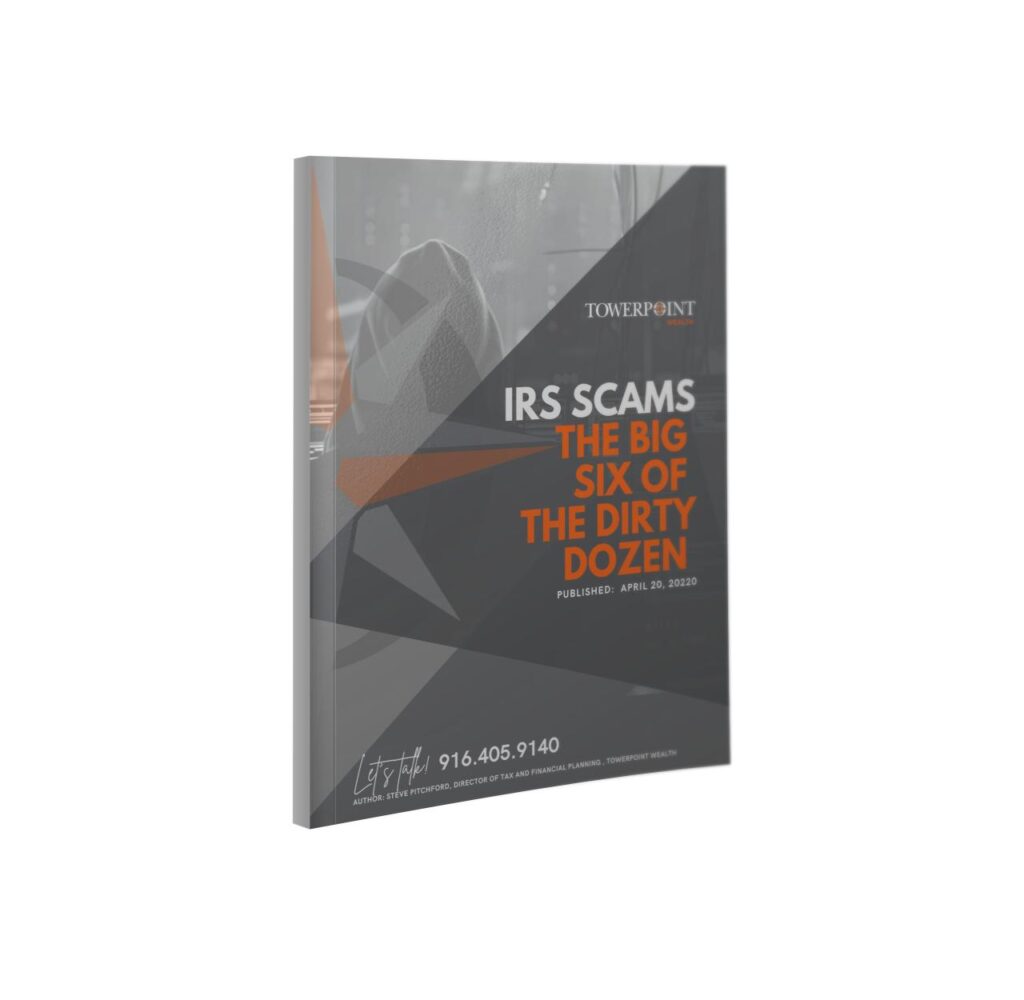
IRS Scams: The Big Six of the Dirty Dozen
The most commonly practiced tax scams that the IRS identifies each year. Which of these current and past IRS scams should you be most worried about? We discuss six worth keeping a special eye on.
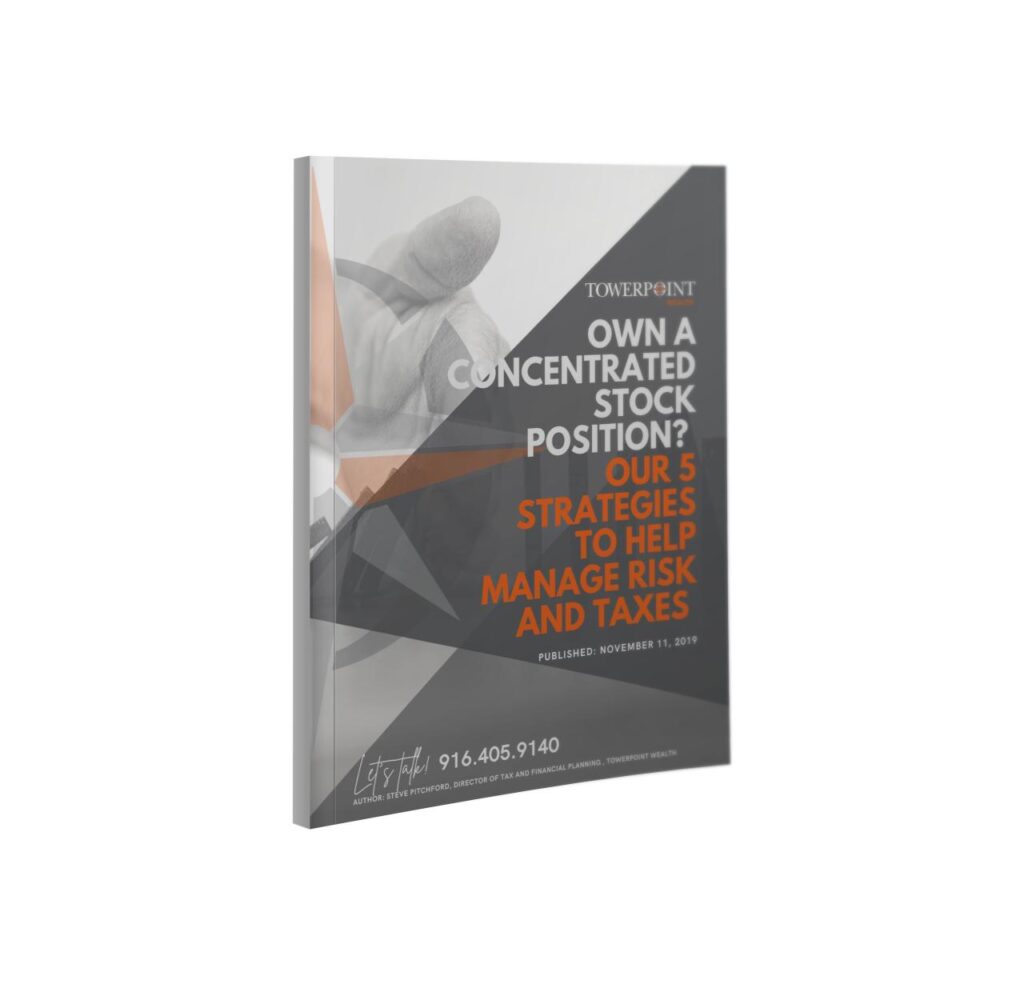
Own a Concentrated Stock Position?
How can an investor mitigate the risk of having too much of their net worth concentrated in a single appreciated stock, and avoid significant tax liabilities? We explore 5 effective strategies.
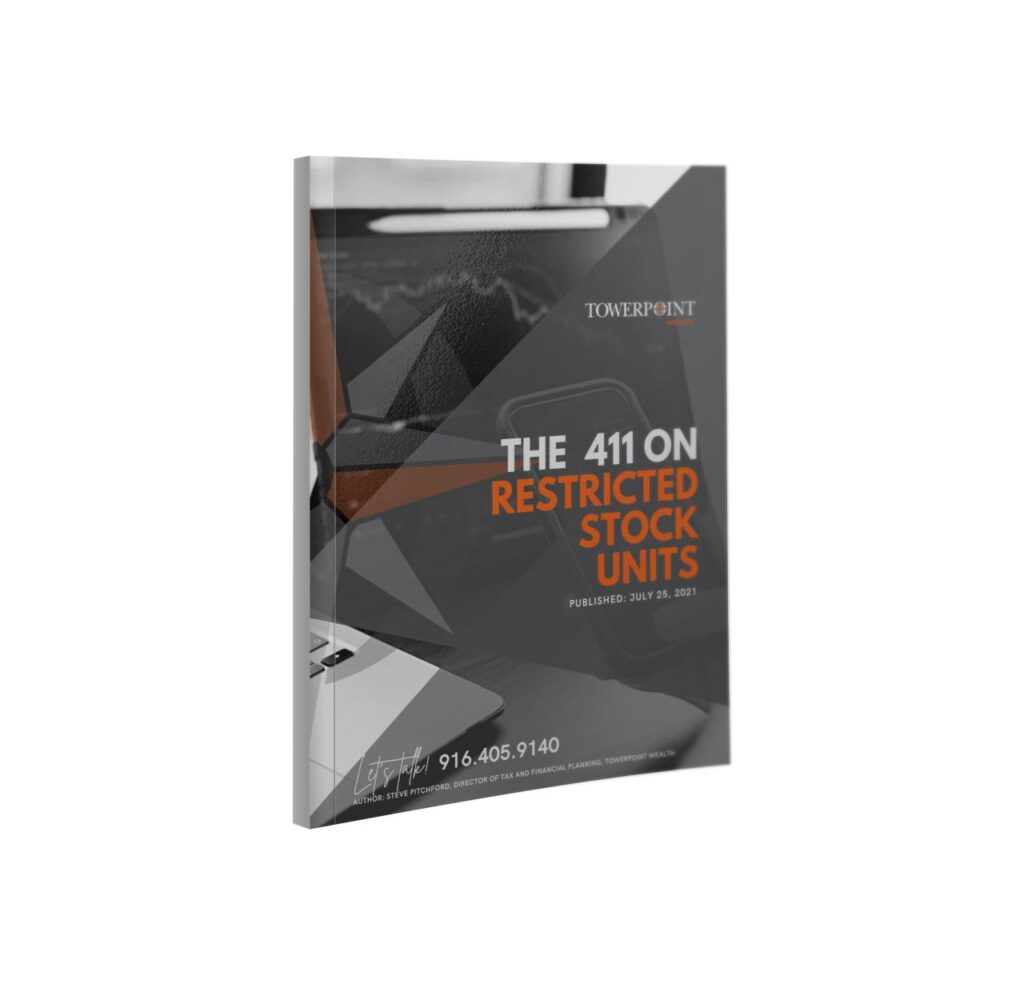
Restricted Stock Units RSUs
Restricted Stock Units, can be a significant component of an employee’s compensation package. But what exactly are rsu restricted stock? How do you know the taxation of restricted stock units?

Qualified Opportunity Fund (QOF)
Investing in an Opportunity Zone through a financial wealth investment called a Qualified Opportunity Fund (QOF), investors have the opportunity to defer, reduce, and eliminate capital gains taxes.

The 411 on Estate Planning
An estate plan is a collection of documents that specify how you want your assets distributed upon incapacity or death. Find out the answer to this question, what estate planning documents do I need?
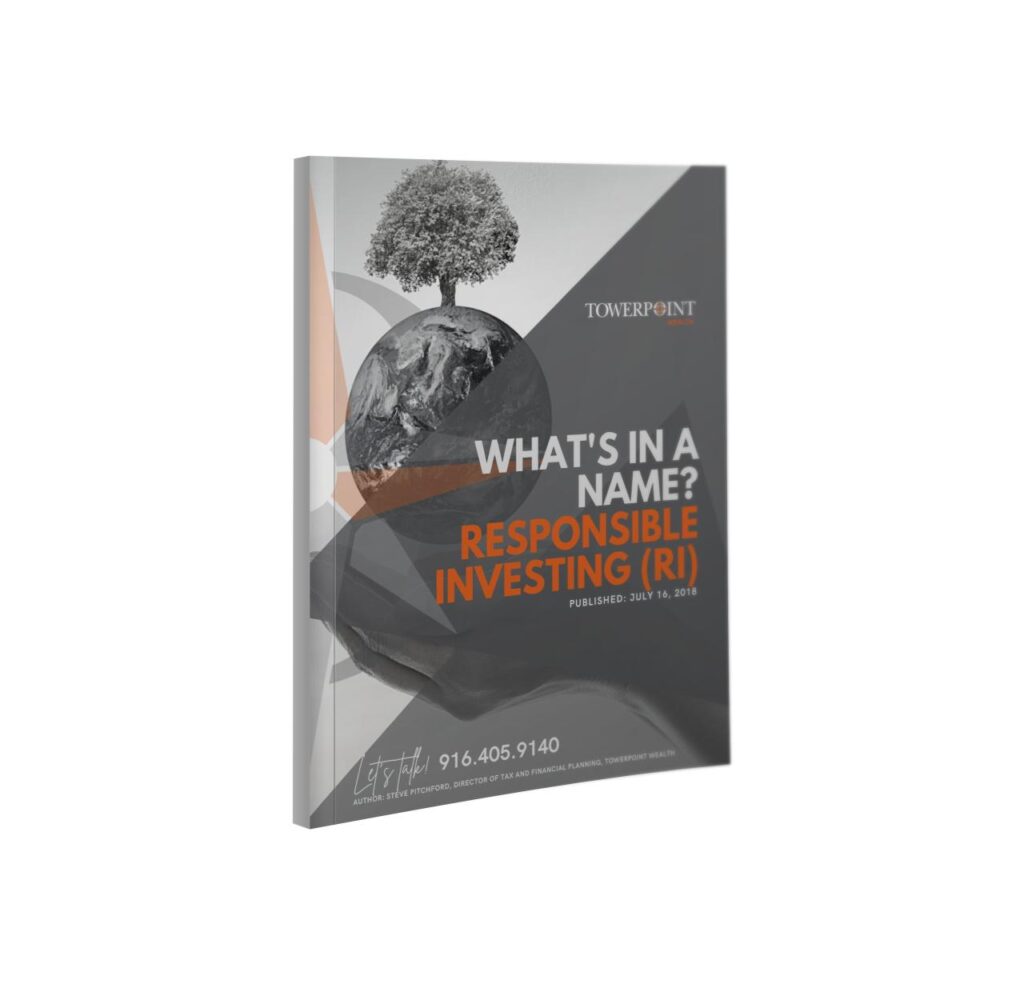
Responsible Investing (RI)
Responsible investing (RI) is any investment strategy which seeks to consider social/environmental issues in addition to financial return. This white paper focuses on widely discussed types of strategies.
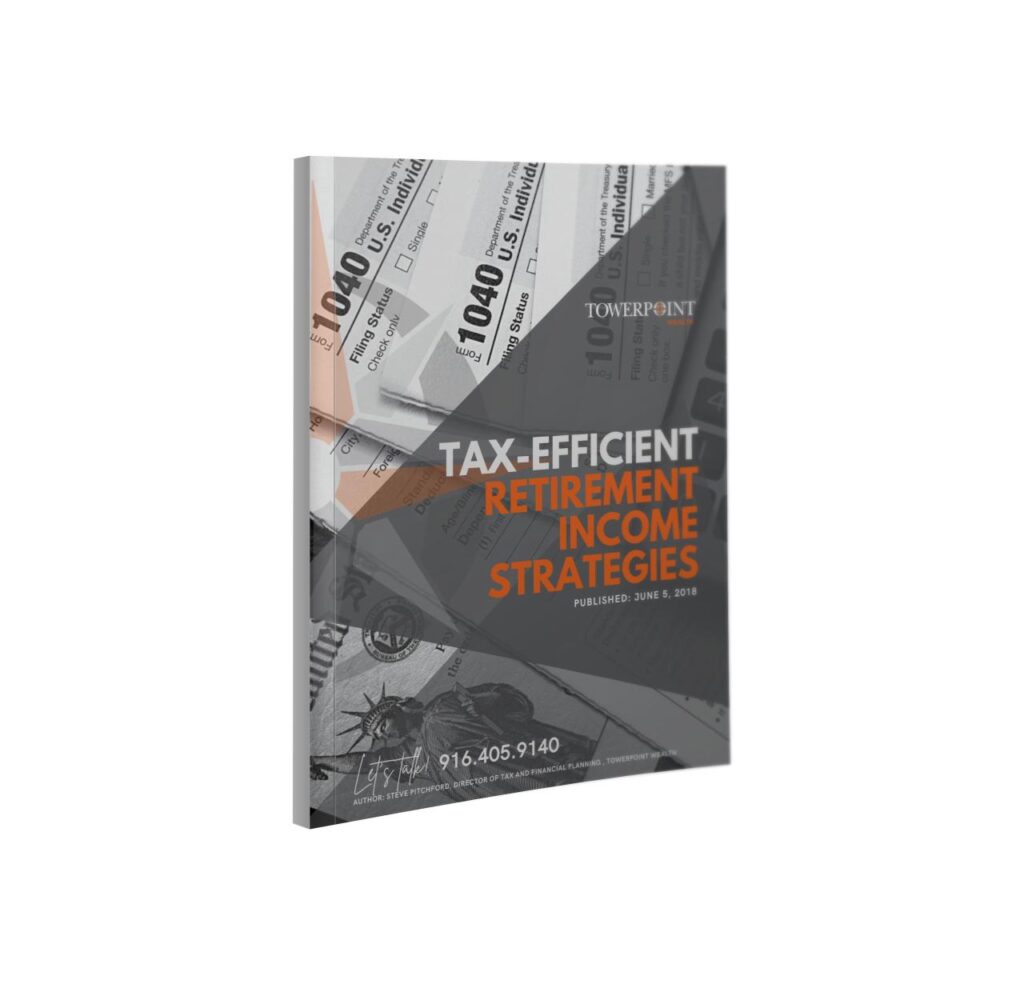
Tax-Efficient Retirement Income Strategies
A tax-efficient retirement income strategy is crucial to maximizing an investor’s probability of success in retirement. But what exactly is this strategy? Why is it important? Below we will tackle these questions and more.
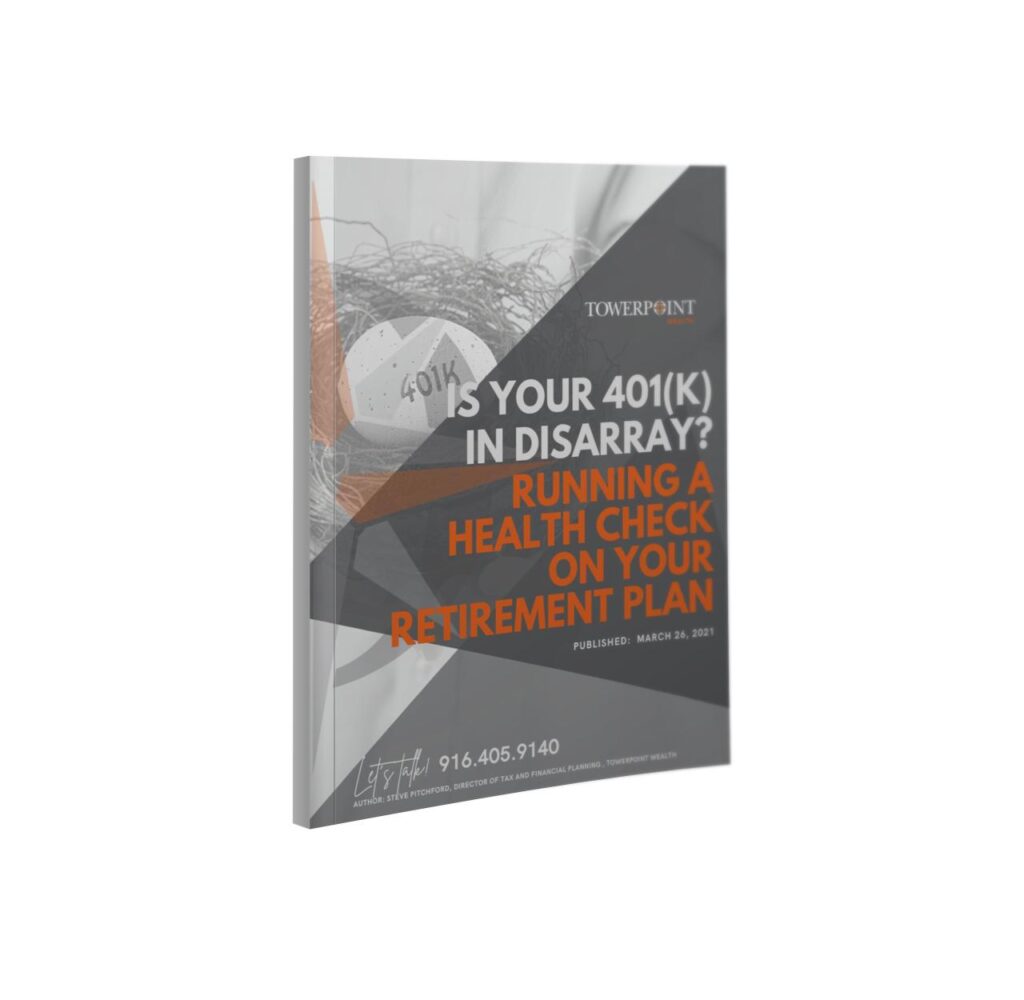
Is Your 401(k) in Disarray?
Is your company-sponsored 401(k) retirement plan structured and optimized properly to help you and your employees maximize the myriad of economic, investment, and tax benefits?
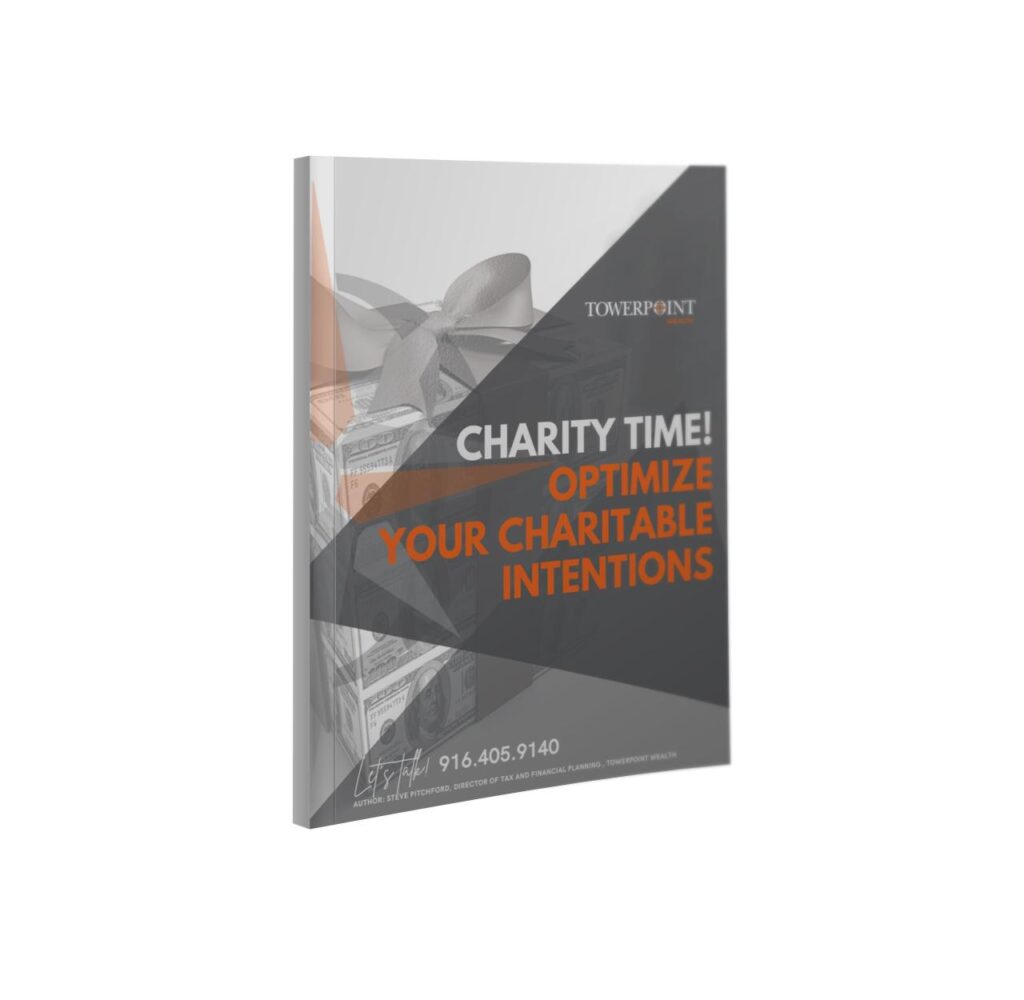
Optimize Your Charitable Intentions
Are you optimizing your philanthropy and gifting strategy? Read this financial white paper to find charitable giving strategies designed to help you better understand your options.

TPW Estate Planning Checklist
Estate planning is an important personal way to plan for the inevitability of death. Here are 6 elements of Estate Planning for you to consider now.
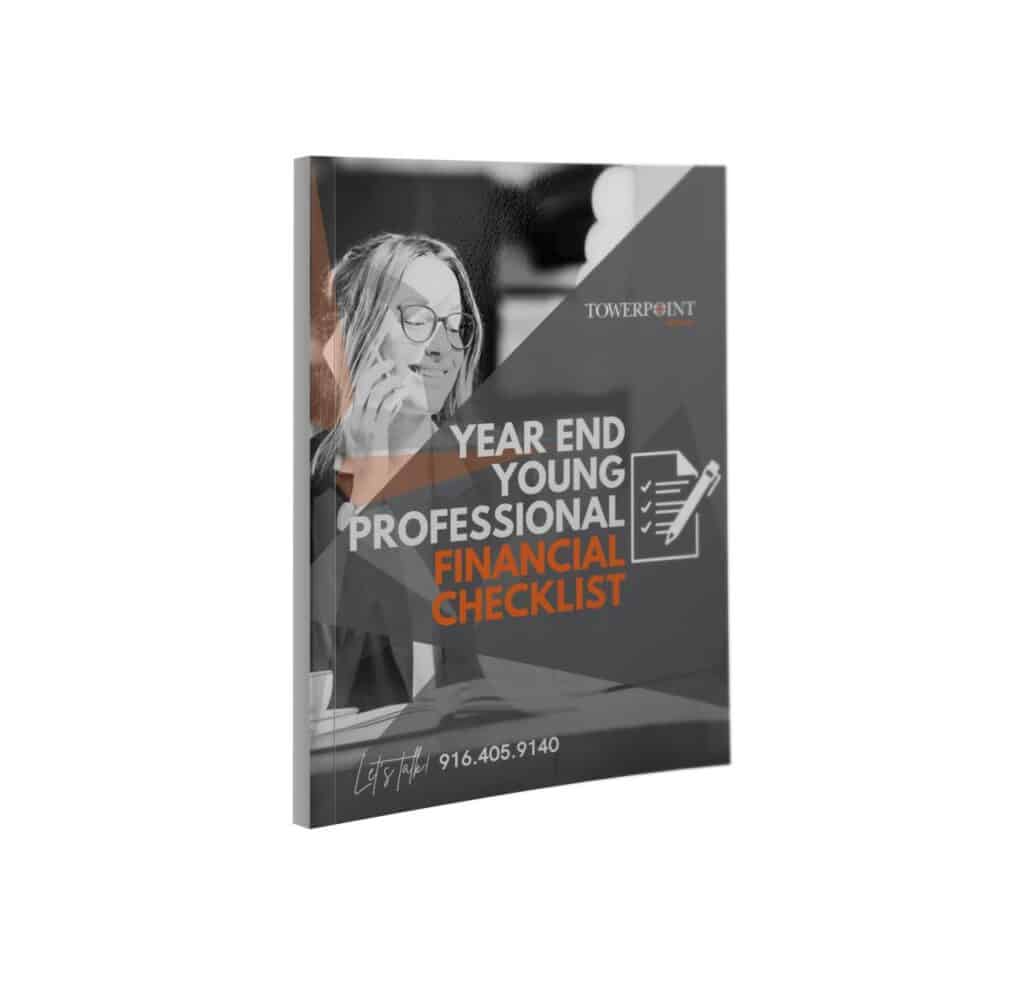
Year End Young Professional Financial Checklist
Take a closer look at our end-of-year estate planning checklist, which can (should?) be used in conjunction with your year-end financial planning.
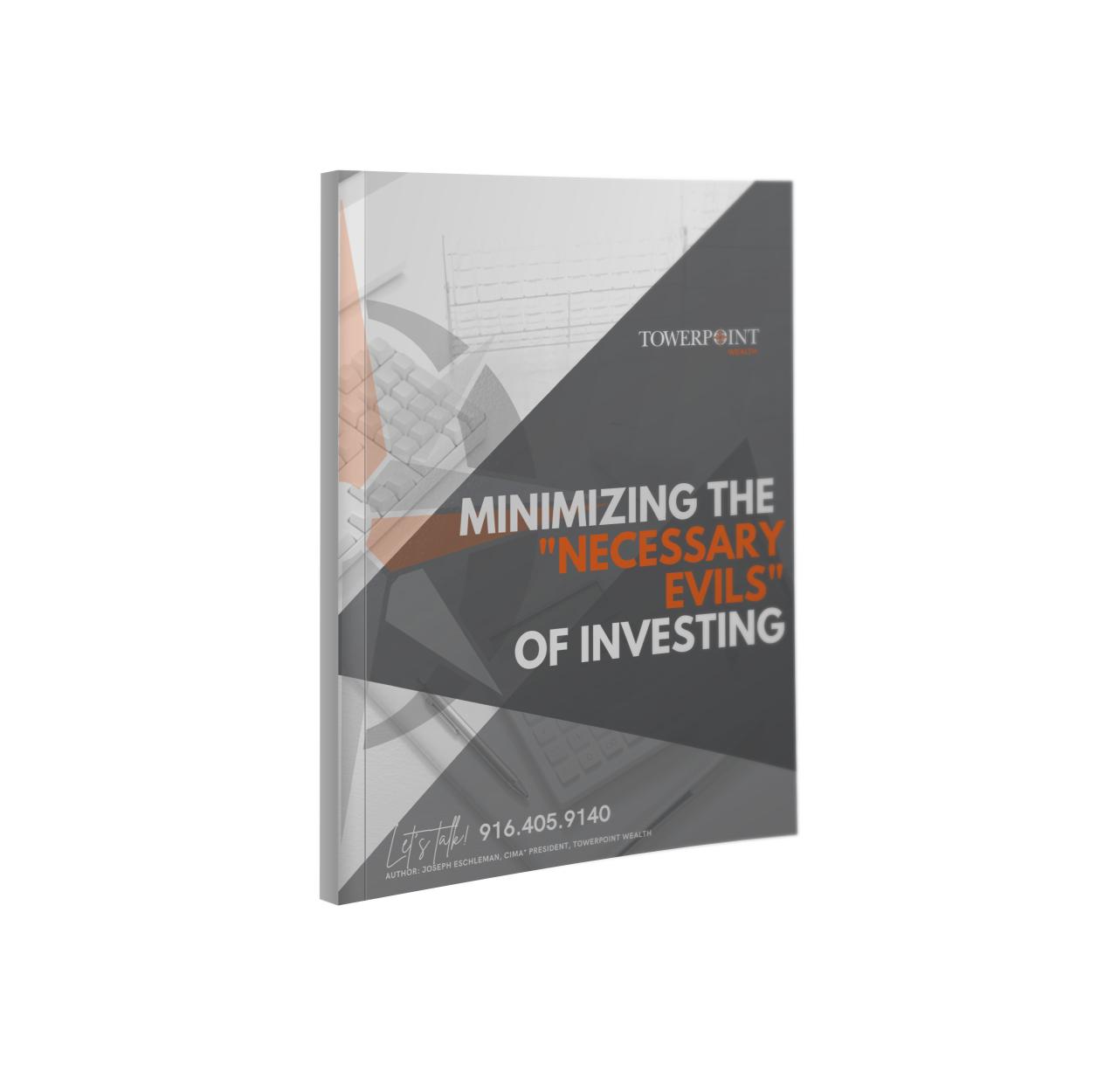
Minimizing Costs, Fees, and Tax Reducing Strategies
Reduce investment costs and minimize taxes to keep more of your money. Save more money by minimizing costs, taxes, expenses, and fees, and other tax reducing strategies.
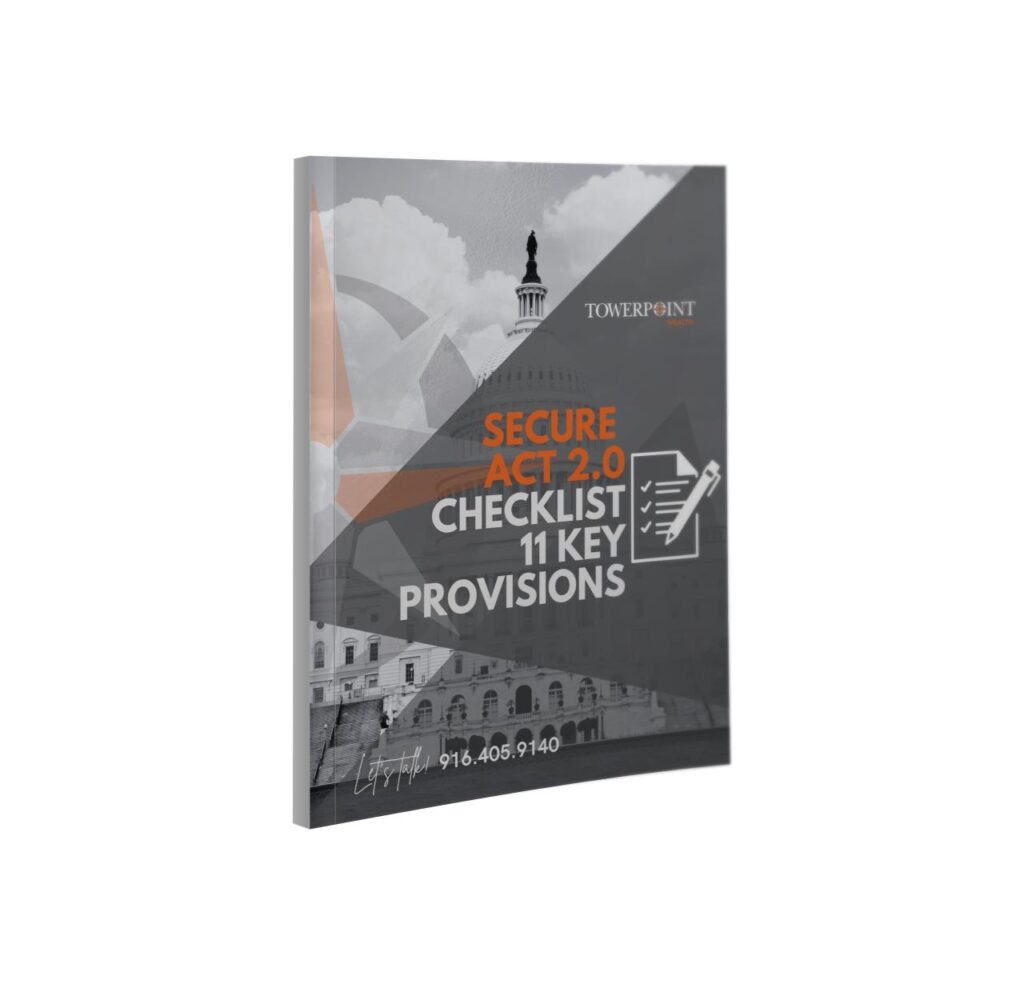
Secure Act 2.0 Checklist 11 Key Provisions
From retirement savings to student debt, the Secure Act 2.0 is an extremely impactful piece of brand new legislation. The SECURE Act 2.0 brings lots of changes for employers.


